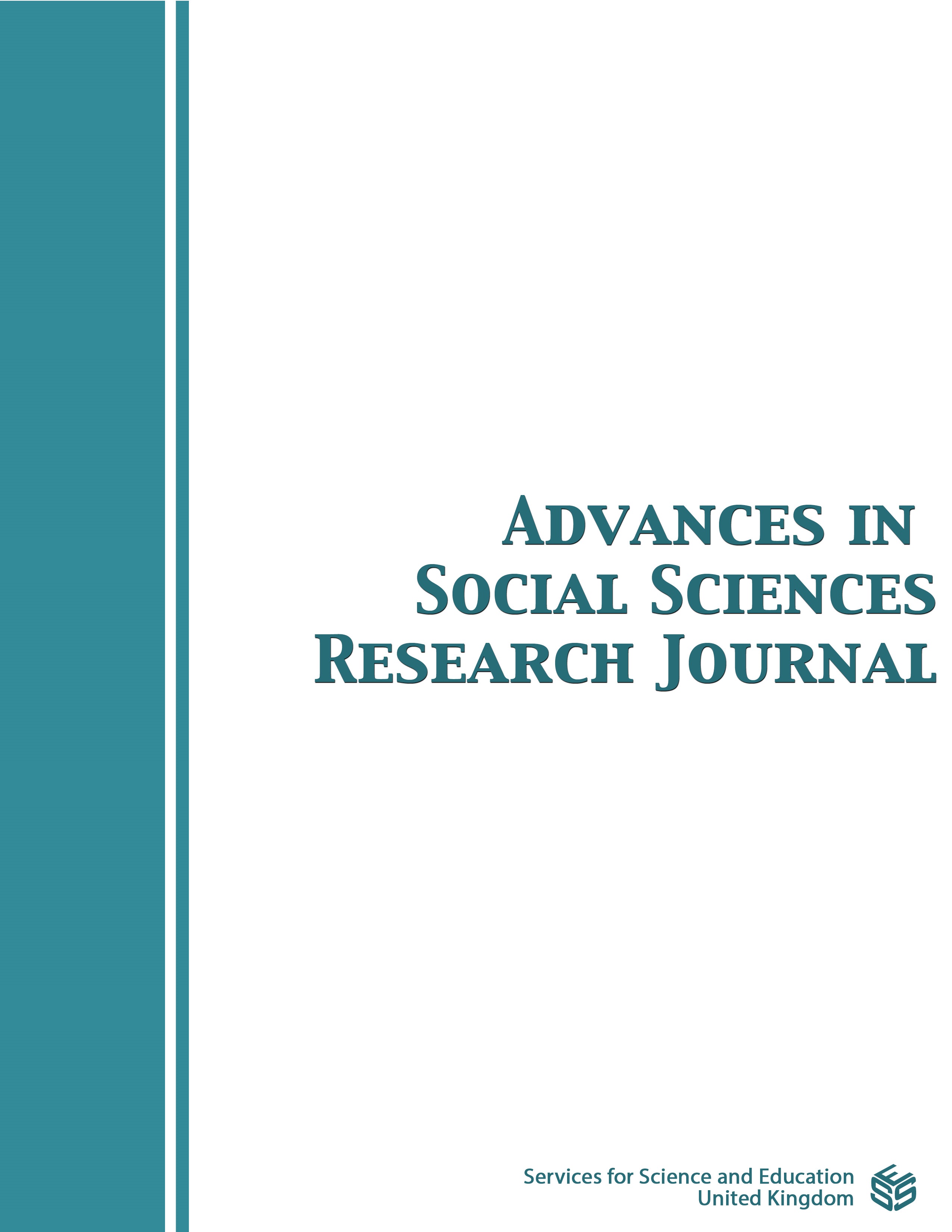Does Social Anxiety Affect Student Learning?
DOI:
https://doi.org/10.14738/assrj.911.13448Abstract
In 1994, social anxiety was added to the Diagnostic and Statistical Manual as another term for social phobia (Bögels et al., 2010). More recent editions of the DSM define social anxiety disorder as a persistent fear of situations in which the patient may be exposed to unfamiliar people or potential review by others and causes those who suffer from it to either avoid social situations or endure them with high levels of anxiety. Those who suffer from social anxiety engage in consistent monitoring of their own behavior to avoid displaying any signs of their anxiety (Richards, 2022). While this fear is typically associated with only social or performance situations, social anxiety may also influence student learning as well. The conductors of this study hypothesize that students with social anxiety disorder may process less of the information that is presented to them in a classroom setting due to consistently monitoring their own behavior. These same students may also avoid asking clarifying questions within the classroom or seeking help outside of the classroom setting for fear of being viewed negatively by either their professor or their peers. The conductors of this study propose an online survey which will record participants’ responses to a Social Interaction Anxiety Scale, as well as their GPA scores, and responses to questions regarding their coping mechanisms and how often they ask questions in the classroom and seek outside help with their classes. A literature review is conducted, and an explanation of the methods and materials used is provided, as well as their purpose. The limitations of the study are reported, along with measures the conductors have taken to minimize the effects of these limitations.
Downloads
Published
How to Cite
Issue
Section
License
Copyright (c) 2022 Emma Cook, Karin Tochkov

This work is licensed under a Creative Commons Attribution 4.0 International License.
Authors wishing to include figures, tables, or text passages that have already been published elsewhere are required to obtain permission from the copyright owner(s) for both the print and online format and to include evidence that such permission has been granted when submitting their papers. Any material received without such evidence will be assumed to originate from the authors.






